Experiencing Japan's Seasons Through Traditional Cuisine and Sweets
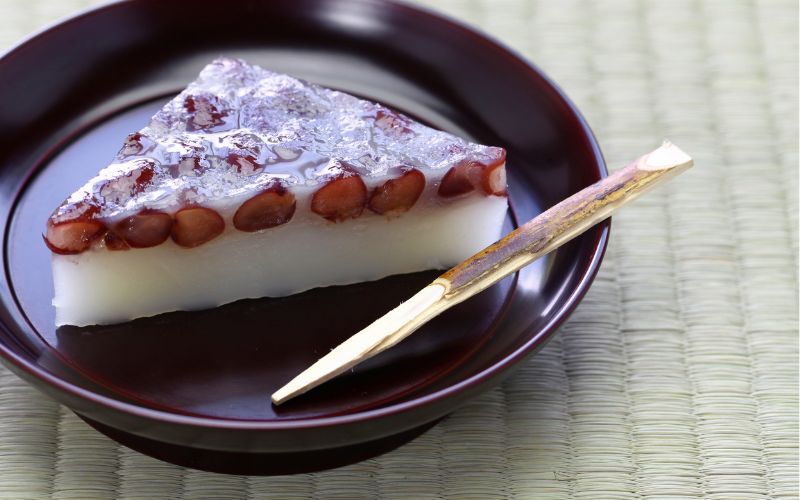
Experiencing Japan's Seasons Through Traditional Cuisine and Sweets
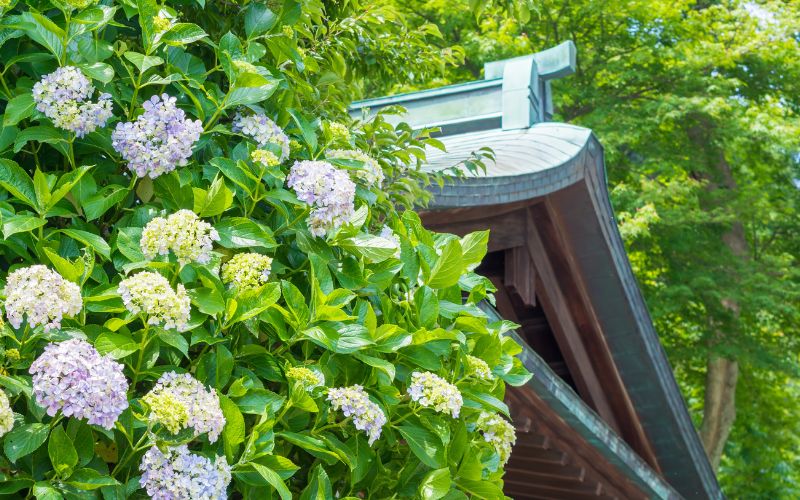
In Japanese cuisine, ingredients that herald the changing seasons are highly prized.
Spring brings butterbur sprouts, rape blossoms, Japanese pepper leaves, wakame seaweed, and whitebait.
Early summer offers bamboo shoots, first bonito, and cherry sea bream. In summer, there are sweetfish, watermelon, and edamame.
Autumn features matsutake mushrooms, chestnuts, and Pacific saury, while winter provides daikon radish, yuzu, yellowtail, and cod.
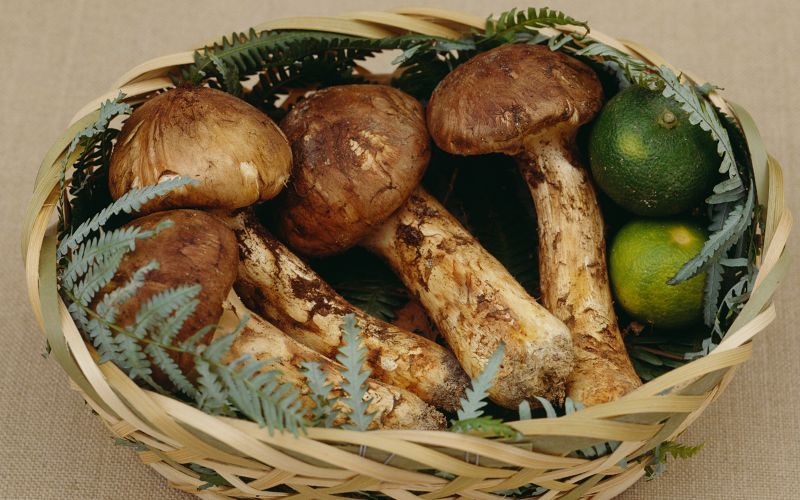
The list is endless.
Additionally, there are sweets that incorporate young grasses and leaves of spring, such as kusamochi and sakuramochi.
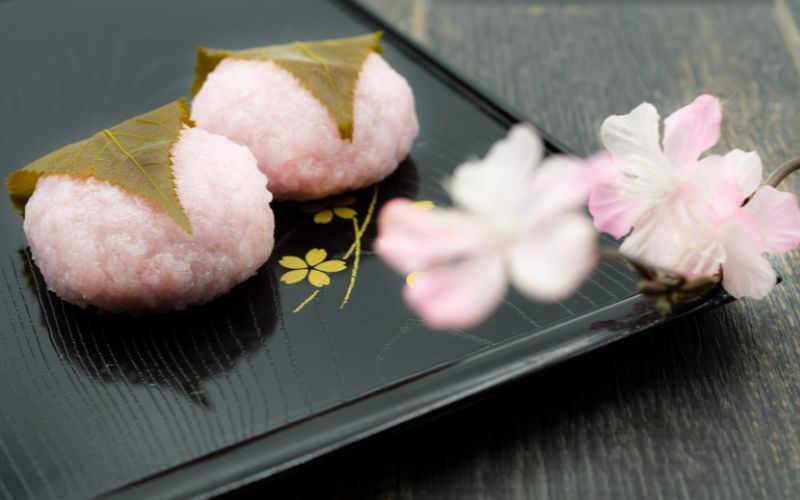
Japan has distinct seasons—spring, summer, autumn, and winter—and each season yields delicious ingredients.
Japanese people call the fish and vegetables that are at their peak "shun" (seasonal), and a key characteristic of Japanese cuisine is to prepare these seasonal fish and vegetables in a way that brings out their best flavors. Seasonal fish are rich and flavorful, while vegetables are high in vitamin C.
It has long been believed that eating the first produce of the season will extend one's life.
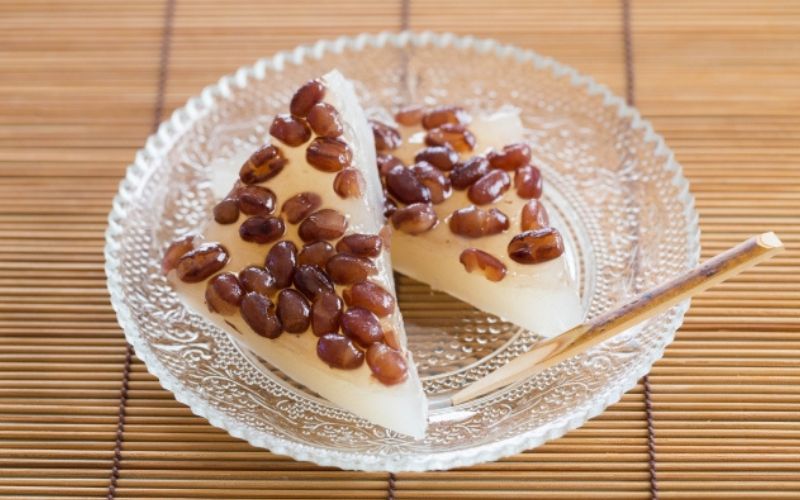
In June, there is a traditional Japanese sweet called "Minazuki." Originating in Kyoto, this auspicious sweet is closely associated with the seasonal event "Nagoshi no Harae" (summer purification). In Kyoto, it has been traditionally eaten on June 30 while praying for good health.
This sweet is made of a sweet uiro (rice flour cake) base topped with azuki beans.
The chewy and soft texture of Minazuki pairs well with cold matcha.
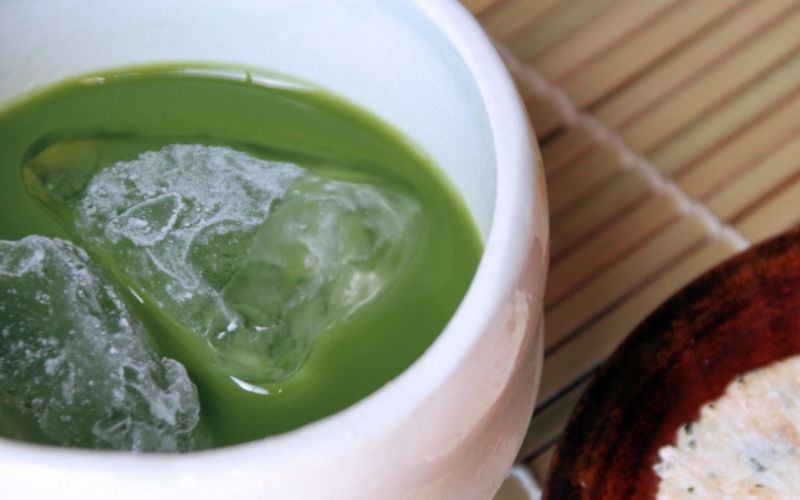
The azuki beans on top symbolize protection from evil, the translucent uiro represents ice, and the triangular shape signifies "half of the year."
June 30's Nagoshi no Harae is a significant milestone, second only to New Year's Eve.
On this day, people visit shrines to pass through a ring of straw (chi no wa kuguri), pray for good health for the next six months, and eat Minazuki.
Many shrines set up straw rings during this period, and it is customary to buy Minazuki from a nearby confectionery shop after passing through the ring.
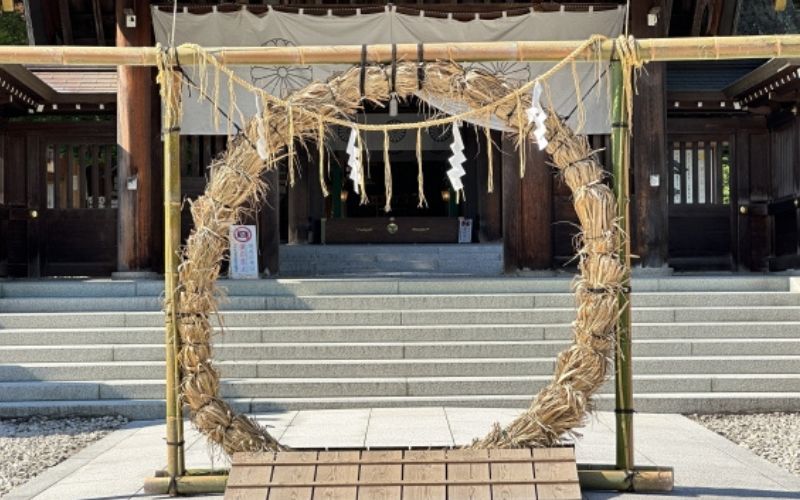
Cold matcha is rich in "theanine"!
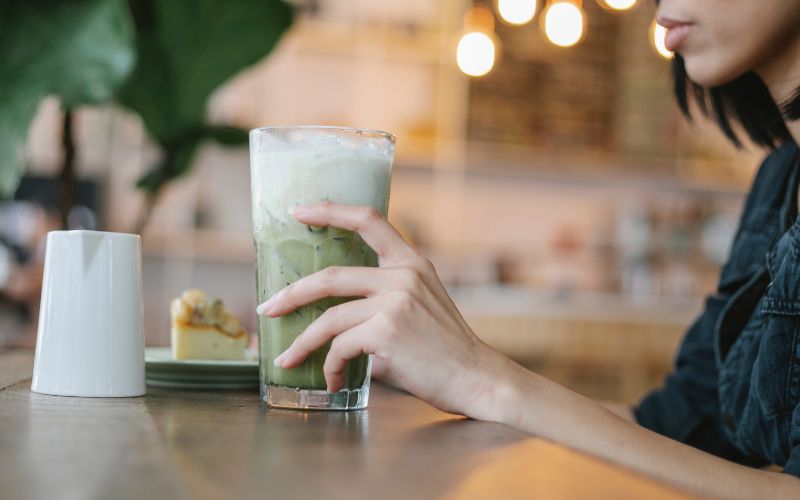
Among green teas, matcha especially contains a high amount of the amino acid theanine.
Theanine, a component of umami, has been researched for its benefits in improving sleep quality and cognitive function. It is said to be more easily extracted at lower temperatures.
When brewed with hot water, more caffeine and catechins, which prevent drowsiness, are extracted, but if you want to consume theanine, brewing at a lower temperature is more effective.
Would you like to experience the changing seasons through Japanese food?
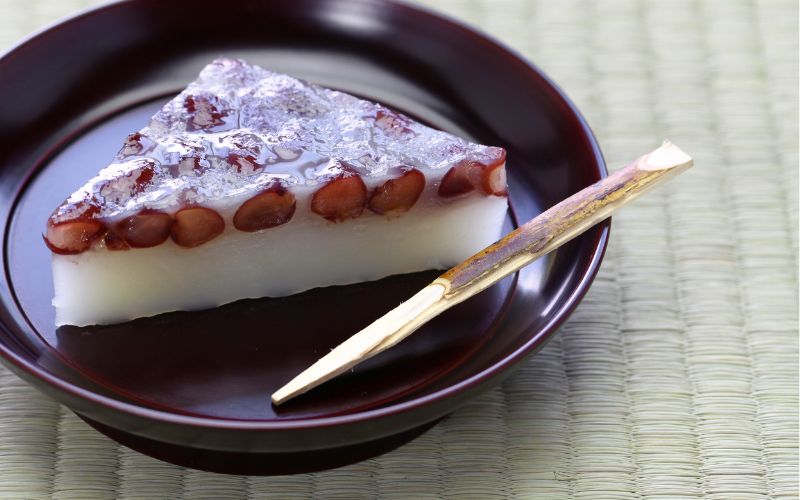
Visit our store on Amazon.com, so you can find more Japanese foods!
We have a store on Amazon Australia, too!



Facebook Comments